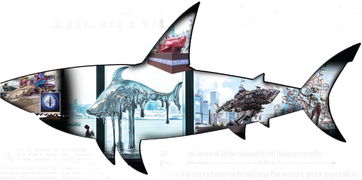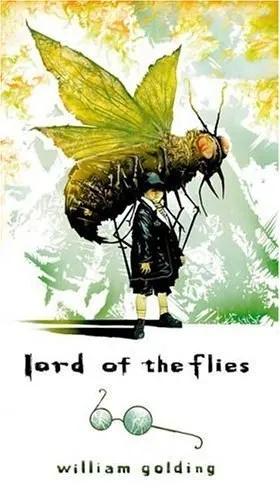Introduction: Fishing is an ancient pastime that has been cherished by enthusiasts of all ages. Whether you're a seasoned angler or a beginner looking to cast your line into the water for the first time, mastering the art of fishing can be both rewarding and enjoyable. In this article, we will delve into essential tips for beginners and provide you with techniques to increase your chances of catching that big fish. So, grab your rod, tie up your shoes, and let's get started on your fishing journey!
Understanding the Basics: Before you hit the water, it's crucial to have a basic understanding of the equipment and techniques involved in fishing. Here's a quick rundown:
a. Rod and Reel: The rod is the backbone of your fishing setup, providing the leverage needed to cast and reel in your catch. The reel holds the line and allows you to adjust the tension and retrieve your bait or lure.
b. Line: The line is the medium through which your bait or lure will travel. It comes in various types, including monofilament, fluorocarbon, and braided lines, each with its own advantages and disadvantages.
c. Bait or Lure: Bait is typically used to attract fish, while lures mimic the movement of prey. Both can be effective, so choose based on the species you're targeting and the conditions of the water.
Choosing the Right Location: Finding the perfect spot to fish is key to your success. Here are some tips for selecting a good fishing location:
a. Research: Before you set out, research the area you plan to fish. Look for public fishing spots, lakes, rivers, or coastal areas known for your target species.
b. Tides and Weather: Tides can significantly impact fish behavior, so check the tide charts and plan your fishing trips accordingly. Also, consider the weather conditions and choose calm days for the best results.

c. Observe the Surroundings: Look for signs of fish activity, such as surface disturbances, bubbles, or birds diving into the water. These can indicate the presence of fish and help you determine the best spot to cast your line.
Casting Techniques: Casting is a fundamental skill that every angler should master. Here are some tips to improve your casting technique:
a. Hold the Rod: Grip the rod with a comfortable, yet firm handshake. Your thumb should be on the back of the reel handle, and your fingers should be wrapped around the handle.
b. Backcast: Begin by lifting the rod tip back, then swing it forward, allowing the line to unwind smoothly.
c. Forward Cast: After completing the backcast, continue the swing forward, allowing the line to land in the water with minimal splash.
Baiting and Luring: Once you've cast your line, it's time to attract those big fish. Here are some tips for baiting and luring:
a. Bait: Choose fresh, natural bait that resembles the food source of the fish you're targeting. For example, live bait like worms, minnows, or leeches can be highly effective.
b. Lures: Use lures that mimic the movement and appearance of the fish's natural prey. Vibration, color, and action are key factors to consider when selecting a lure.
c. Retrieve: Retrieve your bait or lure at a natural pace that mimics the movement of the fish's prey. Quick, erratic retrieves can sometimes trigger strikes from big fish.
Patience and Observation: Fishing is a patient sport. Here are some tips to help you stay focused and increase your chances of catching a big fish:
a. Wait: Be patient and wait for the fish to bite. Don't be tempted to set the hook too early, as this can often spook the fish.
b. Observe: Pay attention to the behavior of the fish. If they're actively feeding, you may have a better chance of catching them. Conversely, if they're not biting, try changing your bait or lure.
Catching and Handling Big Fish: When you finally hook that big fish, here's how to handle it:
a. Play the Fish: Allow the fish to tire itself out by reeling in slowly and gently. Avoid setting the hook too hard, as this can damage the fish or break your line.
b. Land the Fish: Once the fish is tired, carefully reel it in and land it on the shore or in a landing net. Be gentle and respectful of the fish's well-being.
Conclusion: Fishing is a skill that takes time to develop, but with these essential tips and techniques, you'll be well on your way to becoming a proficient angler. Remember to practice patience, observation, and respect for the fish and the environment. Happy fishing!












